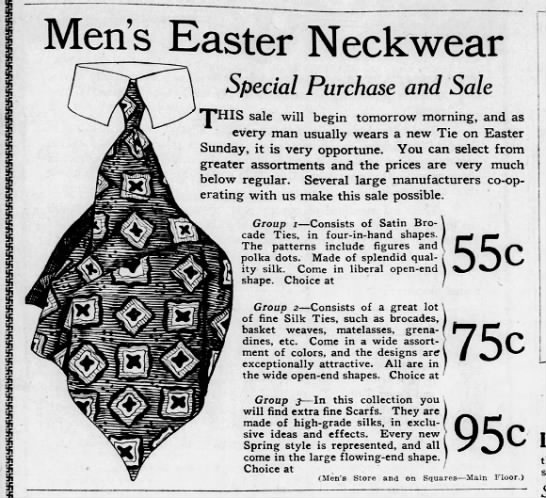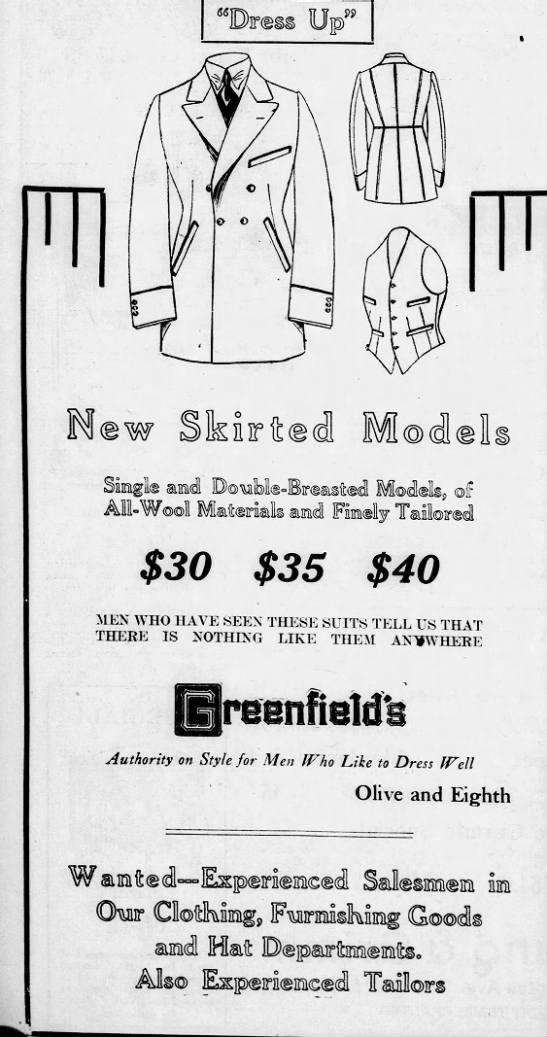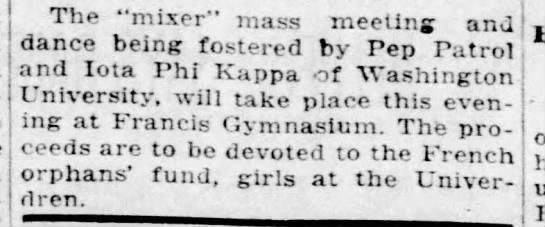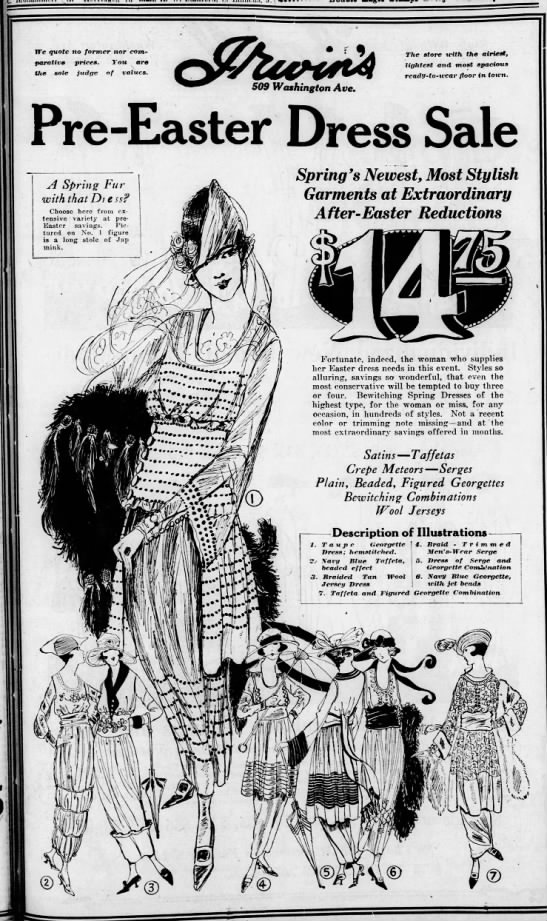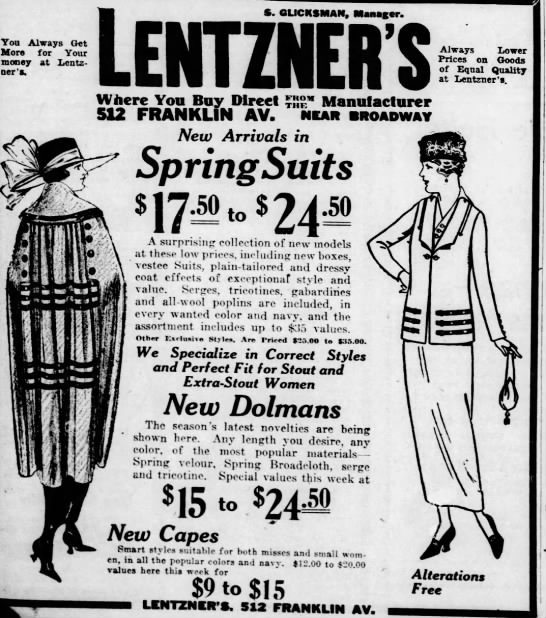Sometimes I find myself reading books simultaneously with themes that reinforce each other. These past weeks I read The Death and Life of Aida Hernandez: A Border Story by Aaron Bobrow-Strain and Legacy: Trauma, Story and Indigenous Healing by Suzanne Methot. Both books feature the stories of women who experienced trauma and struggled with CPTSD.
Aida's story illuminates the immigrant experience at our Southern borders and the vulnerability of women who seek permanent and legal immigrant status in the United States. Suzanne tells her story in the context of generations of First People whose social, cultural, and religious traditions were broken under colonization and the removal of children to residential schools where they underwent abuse.
Both books touched me in many ways. I empathized with the women. They endured the unimaginable and survived. I was educated in the history and ongoing policies that destroy traditional native cultures and leads to generations of damaged individuals. Most of all I was angered by ongoing racism and misogyny and the withholding of justice.
The House on Mango Street changed Aida Hernandez's life. In her darkest hours, she remembered the words of hope: "I have gone a long way to come back."
Aida wanted to dance. She wanted to finish high school and go to college. She wanted to become a therapist. She wanted to give her son a good home. She wanted to love and be loved. Her hopes were just like yours and mine.
But Aida's life held more horrors than any one body should be able to endure. She had survived even death but suffered from crippling CPTSD--Complex Post-Traumatic Stress Disorder. She came from a legacy of abuse but a knife attack tipped her over the edge. It only took one mistake, a $6 mistake, to remove Aida from her son and family, locked up for months in a women's prison. They were not given tampons, or enough toilet paper, or adequate wholesome food. There were not enough beds or blankets to keep warm.
And that is when Aida saw The House on Mango Street on the prison library shelf and it started her reclamation and a life of helping the other women with her.
Aaron Bobrow-Strain's book The Death and Life of Aida Hernandez brings to life unforgettable women, and through their stories, explores the failure of Prevention Through Deterrence which posits that if the journey is horrific enough people will not come. Women suffer the most in this system.
He shows how American economic and political policies and the desire for cheap labor created the influx of illegal immigrants.
Immigrants in detention centers are treated like hardened criminals with shackles, solitary confinement, lack of medical care, meager inedible food, and a scarcity of hygiene supplies. They have no legal rights. They are provided no legal counsel. Border Patrol and detention centers have created jobs and business--paid for by the government.
Who are the people seeking refuge in America? What drives them from their homeland? What options are available for legal immigration? What happens to those who are apprehended? This book will answer all your questions. But you may not like the answers.
Justice. How many times have we forgotten this value?
The proceeds from this book will be shared between Aida Hernandez, the Chiricahua Community Health Centers to support emergency services for people dealing with domestic violence or sexual assault, and the author to offset costs of writing the book. Which for me means an instant add to my "to buy" list.
I thank the publisher who provided a free ebook through NetGalley in exchange for a fair and unbiased review.
The Death and Life of Aida Hernandez: A Border Story
by Aaron Bobrow-Strain
Farrar, Straus and Giroux
Pub Date 16 Apr 2019
ISBN 9780374191979
PRICE $28.00 (USD)
Suzanne Methot's Legacy: Trauma, Story, and Indigenous Healing combines her personal story with history and psychology to create an understanding of the consequences of colonization. She demonstrates how abuse and CPTSD creates a cycle that impacts generations. On the personal level, she documents her own legacy of abuse and dysfunction and how a return to traditional ways brought healing. On the universal, she explains the psychological damage of trauma through story, with summary charts at chapter ends.
Methot's book is perhaps more suited for the indigenous population or educators those in the helping professions who work with indigenous people. But I also found her insights applicable in many ways. I found myself thinking about women I have known who demonstrated the characteristics she describes. And I even found myself applying her insights to characters in novels I have read!
from the publisher:
Five hundred years of colonization have taken an incalculable toll on the Indigenous peoples of the Americas: substance use disorders and shockingly high rates of depression, diabetes, and other chronic health conditions brought on by genocide and colonial control. With passionate logic and chillingly clear prose, author and educator Suzanne Methot uses history, human development, and her own and others’ stories to trace the roots of Indigenous cultural dislocation and community breakdown in an original and provocative examination of the long-term effects of colonization. But all is not lost. Methot also shows how we can come back from this with Indigenous ways of knowing lighting the way.
I thank ECW for providing a free ebook in exchange for a fair and unbiased review.
Legacy: Trauma, Story, and Indigenous Healing
Methot, Suzanne
ECW Press
$24.95 CAD
DESCRIPTION
Published: March 2019
ISBN: 9781770414259




